180 Bass Pro Mills Drive
Concord
Ontario L4K 0G9
180 Bass Pro Mills Drive
Concord
Ontario L4K 0G9
Most experts agree one of the top blunders designers make is underestimating cable-management issues. For instance, during a conference hosted by the Robotic Industries Association (RIA), a group of leading system integrators cited cable issues as the number one reason for downtime in robotics cells. Headaches range from tangled and corkscrewed cables to complete breaks that cause downtime, lost revenue, and damaged reputations.
Currently used systems try to keep the cables static, while everything operating around them is dynamic. In essence, using one, long restrictive cable package prevents movement in sync with the robot. Restrictions stress cables, which accelerates failure. Often, technicians severely bind cables with excessive dress packs (protective coverings on cables and hose), cable ties, and even duct tape. The goal might be to minimize tangling and interference with the machine, but instead these techniques actually causes corkscrewing and failure.
Instead, engineers need to consider a six-axis robot as three separate segments: the sixth to third axis; the third to second axis; and the second to first axis. This breakdown is imperative to longer-lasting cables. Each cable segment should feature a minimal dress pack, strain relief with service loops, and a junction box that contains and protects the electrical connectors joining the cables. For the best results, follow the following recommendations.
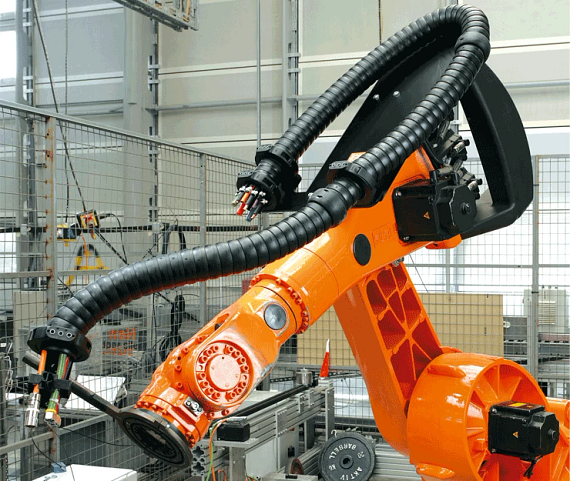
Whether you're interested in turnkey, fully assembled solutions or looking to build your own customizable project, let us assist you with a solution based on your specific application and requirements. Contact us via the form below or call us at (800) 965-2496 to discuss your project today!

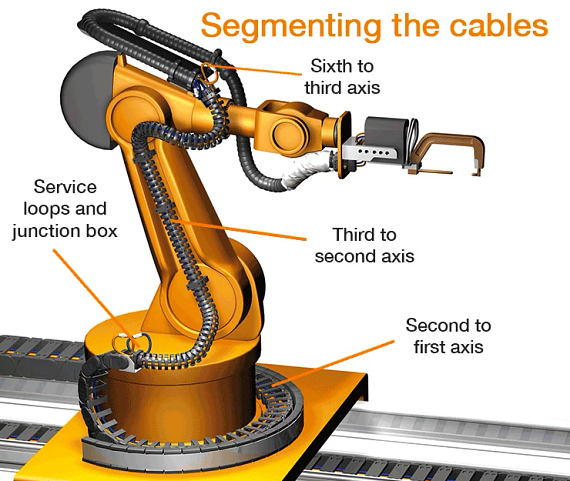
From the sixth to third axis:
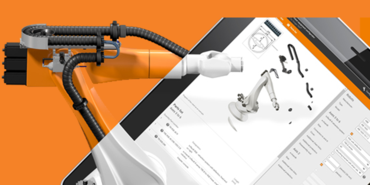
Choose by model, manufacturer, number of axes, & carriers to configure your assembly & view parts list. Add to cart, download CAD/PDF or contact us.
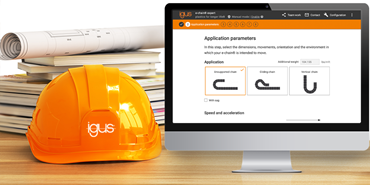
Fill your cable carrier with cables by adding parts list & download CAD file. Simply drag & drop individual elements into the chain's cross-section.
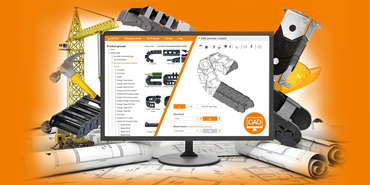
No registration needed and completely free of charge. Easily download CAD models of triflex robotic cable carriers in various file formats.
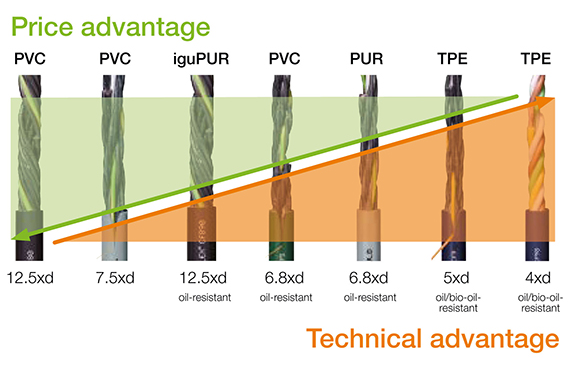
General rules of thumb for triflex® R carriers are: